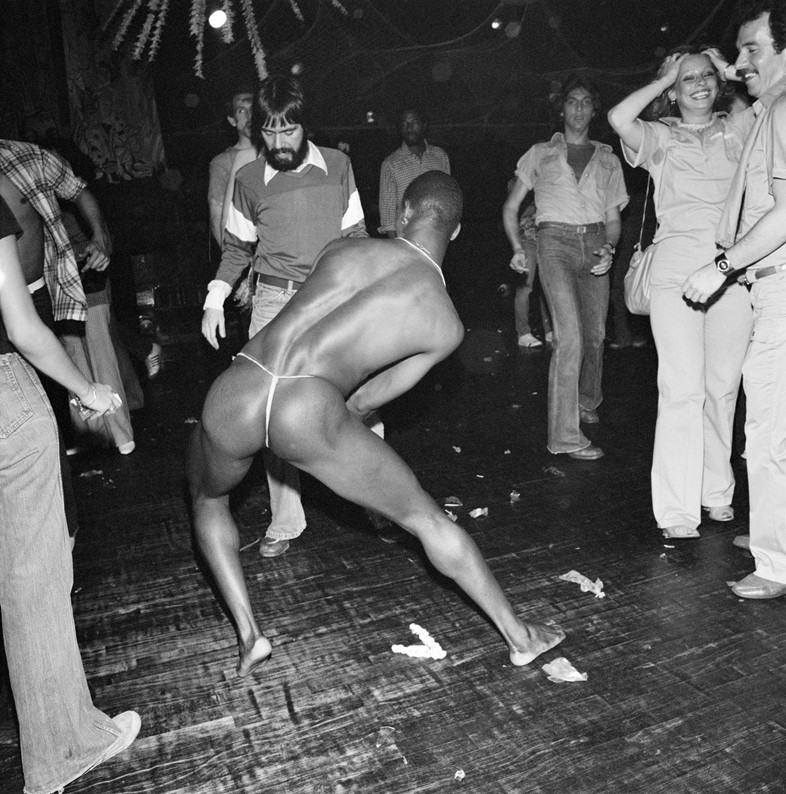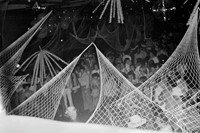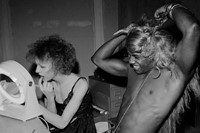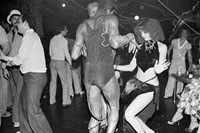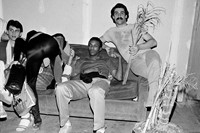Paradise Garage – which was open between 1977 and 1987 – represents a singular chapter of nightlife, music, New York, and Black history rolled into one. Here, Adam Scott and Dave Waddell talk about its “hopeful” legacy
The notion of belonging fulfils a profound human need for connection, community, and creativity. Just as the whole is greater than the sum of its parts, the collective is more than a mass of individuals – it is the foundation upon which movements are built. In a culture where the personal is political, this has transformative results, reshaping the landscape of our shared experience and in its ideal incarnation, offering a path to liberation.
New York’s legendary Paradise Garage was just this place. Originally a parking garage located down on King Street amid the abandoned industrial buildings littering west Soho after manufacturing fled the city during the 1960s, the colossal cavern was converted into a members-only nightclub just as disco set the world aflame. Between 1977 and 1987, resident DJ Larry Levan (1954-1992) manned the turntables on Friday and Saturday nights, crafting a captivating soundscape that went on til the next morning, if not afternoon, transporting revelers into another realm.
Taking inspiration from David Mancuso’s loft parties of the early 1970s, Levan seamlessly blended and remixed diva vocals, hypnotic harmonies, four-on-the-floor beats, syncopated bass lines, and orchestral melodies to create the definitive sound of New York dance music. Emerging at the intersection of Gay Liberation, Civil Rights, Women’s Liberation, and the Sexual Revolution, dance music became the voice of a generation that refused to go quietly into the night. With Levan at the helm, the Garage became a Mecca for gay Black men to live their best lives on their own terms.
“Belonging is crucial. Getting together in groups is something we’ve always done, not just around the necessities but also to imagine a grander life for ourselves beyond the daily grind,” says Dave Waddell, who co-authored the new book The Experience Book: For Designers, Thinkers & Makers (Black Dog Press) with Adam Scott, which highlights the Garage in its exploration of the transformative power of the designed experience.
Pointing to the distinction between what anthropologists dub “day talk” and “night talk,” Waddell sees the Garage as an impeccable model of collective brilliance after the sun went down. “While day talk is about what people are doing and making sure everyone follows rules and regulations, night talk is about expanding imagination, telling stories, and going beyond the physical into the realms of spirituality. You have a place you go to escape, release, and go beyond into a different state. When you share that together, it’s a part of belonging.”
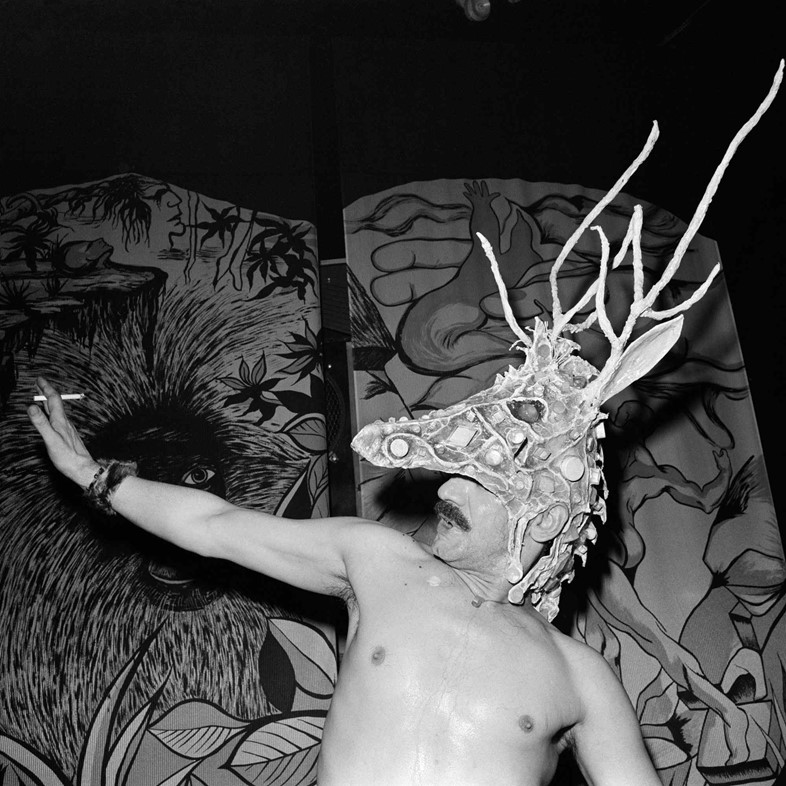
Waddell and Scott draw a through line from ancient caves to medieval cathedrals to contemporary nightclubs, all of which use distinctive combinations of art, architecture, interior and audio design to create an communal experience where people move as one, flowing freely between spaces sacred and profane with complete abandon. Members of the Garage have spoken of Levan taking them to church with his inimitable ability to bring the congregation together every week to experience the life-changing sensation of spirit made flesh. As pastor and choir all rolled into one, Levan delivered the gospel from the DJ booth, the music becoming the word. The faithful flock responded in kind with hand clapping, foot stomping, praise giving befitting a holy roller service.
In this moment of liberation, peace, love, unity, and respect were rendered as fact. “Belonging begins with attraction; you’ve got to draw people in,” says Scott. “There might be moments of collision, that disruptive equilibrium that makes you curious and draws you closer. Once you understand the rules of the game, you dive in, get involved, and participate. There’s an opportunity to bang the drum yourself. You tell others. You return again and again. You see that kinship, which is about both the development of your identity and forging a collective identity, as part of an episodic journey.”
Indeed, the Garage represents a singular chapter of nightlife, music, New York, and Black history rolled into one – a period so legendary it has become reverent. Artist Meryl Meisler, who contributed her photographs of the Garage to The Experience Book, was part of that journey through the disco era. Her work, collected in PARADISE LOST Bushwick Era Disco, the third volume in a trilogy chronicling the era, is what remains of a world that now feels strangely long ago and far away.

Perhaps what is most subtly striking about Meisler’s photographs is the simplicity of the space itself. Like all great design, it is secure in the knowledge that drawing attention to itself can actually detract from its purpose and function. Although raw and unvarnished, it is never cold. “Meryl Meisler’s images brilliantly capture the ‘design’ of Paradise Garage,” says Waddell. “One of our favourites is the one of the people on the sofa. It sums up so much of what we imagine Paradise Garage to have been, the lack of over-design, the humour, the joy, the wildness, the concentration on things that matter.”
And what mattered most was the community and fostering a space for belonging, particularly when Aids hit in 1981. The Garage is a powerful reminder of the importance of coming together, perhaps most poignantly when we are falling apart. “As we lurch from crisis to crisis now, we see how atomised our society is, how lonely we are, and how technology seems to be forcing us apart. The Garage shows us how we might construct our story with our spaces, props, and words, while also allowing us to experiment and create better links with new friends,” Scott says.
“The Garage’s extraordinary ability to bring us together and break down barriers helps to give us hope. It shows that this is our secret sauce. We are magically created to make stories, imagine futures, and try all different personalities to get beyond the humdrum of our daily lives and be something better. The Garage is a fantastic blueprint for how we might live and that gives me great faith.”
The Experience Book: For Designers, Thinkers & Makers by Adam Scott and Dave Waddell is published by Black Dog Press and is out now.
